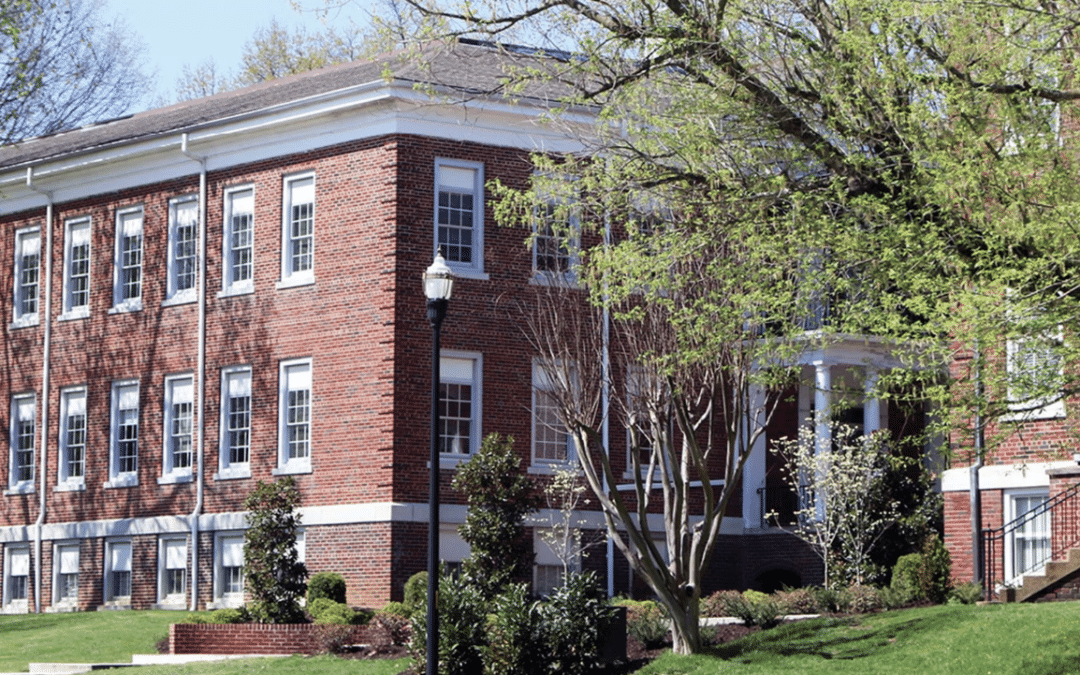Numerous office buildings remain largely vacant. The once rapid growth of apartment rent has decelerated and is even declining in certain areas. However, within the struggling commercial real estate industry, there is a rare positive aspect seen in housing aimed at college students attending popular universities.
The rental rates for student housing are anticipated to increase due to limited availability and substantial demand at various colleges, particularly those prestigious research universities and schools affiliated with the top five highest-earning athletic conferences in U.S. college football. Nonetheless, as overall college enrollment experiences a decline, there are heightened risks for student housing, particularly in smaller colleges with less renown and diminishing enrollment, as highlighted by The Wall Street Journal.
Despite the increase in mortgage rates over the past year, sales of student housing properties reached an all-time high of $22.9 billion in 2022. In contrast, the growth in multifamily rents is showing signs of cooling down from the double-digit surges observed in the previous year, with an increase of 2.3% over the 12 months ending in May 2023, as reported by RealPage. Meanwhile, student housing rents are experiencing growth at a rate of approximately 9%, according to RealPage.
The COVID-19 pandemic served as a unique test for the resilience of student housing in challenging markets. Despite expectations of a downturn in 2020, occupancy rates remained stable, even during the peak of online learning. Students displayed a desire to move closer to their college campuses, even when attending classes virtually, instead of staying with their parents. The uncertainty surrounding the return to on-campus learning had a dampening effect on rental rates until the latter half of 2021, at which point they began to rise again. The combination of bustling campuses and increasing rental rates contributed to the record sales observed last year.
It is predicted that sales of student housing properties this year will likely not reach the levels seen in 2022, partly due to the pent-up demand that drove sales in the previous year. While the values of student housing properties, like other commercial real estate types, have been affected by higher borrowing costs, the decline in value has been comparatively moderate. This is attributed to the robust growth in rent and sustained occupancy rates.
Industry experts, including Blackstone, have expressed confidence in the enduring strength of this sector, stating that it has proven resilient over time and is likely to remain a positive prospect in the future. Blackstone backed this up by acquiring American Campus Communities for $12.8 billion. While the market is challenging right now, it’s interesting to note the steadiness and success of student housing despite the market’s current volatility. Additionally, supply constraints resulting from a lack of available sites at certain schools will further empower landlords to continue raising rental rates.




